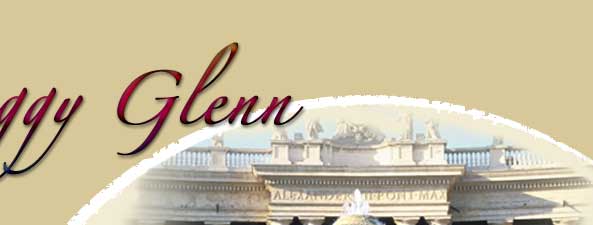|
|
|
Saint Paul's Basilica |
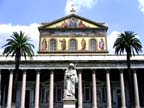 |
St. Paul's Basilica construction started in 314 AD by the orders of Constantine. After St. Peter's it is the largest church in Rome. (I think it is a little less than half the size, which shows how large St Peter's is.) It is thought that the basilica is built over a small ancient monument which was over Paul's grave. |
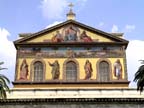 |
The basilica is made of many precious materials, some of which was recycled from other ancient monuments, such as the Emilia Basilica in the Roman Forum. The front mosaic's background is gold.
|
|
The basilica has been damaged many times: 443 in an earthquake, in the 9th century it was ransacked by the Saracens, in 1118 the bronze front door was struck by lightening, and half of it was destroyed in the fire of 1823.
|
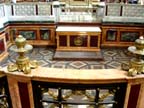 |
The papal alter is located over the remains of St. Paul. The floor of the alter is from 314 A.D.
|
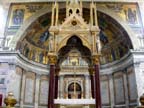 |
On top on the papal alter is the baldachin completed in 1285. It has four red marble columns with a gold cover. (A baldachin has four corner columns and a covering, and is placed over the grave of the church's namesake. It is normally large and very ornate.)
|
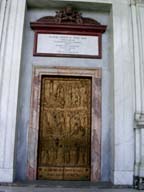 |
The bronze front door was hung in 1070 and was restored in 1967 for the Holy Year. It is now to the right of the front door and is used as the Holy Door of the Jubilee and is opened and closed in the Pope's presence every 25 years. This is the same ceremony preformed at the Vatican. It is opened on January 1 and closed on December 31 of the Jubilee year.
|
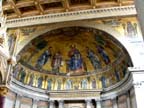 |
In the center ceiling of the main alter, in the apse (a large semicircular or recess with a domed roof) there is a great mosaic created in 1220 by Venetian artists. In the middle is Christ on the throne with Peter and Paul on either side, then Luke and Andrew. On the lower right are the apostles Jacob, Bartholomew, Thomas, Simon, Matthias and Andrew. On the left are Saints John, Philip, Matthew, Jacob the younger, Thaddaeus and Barnabas.
|
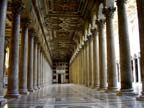 |
The central nave is lined by four rows of 80 columns total. The outside columns are 40 feet high and are made from white Carrara marble. The inside row of columns are slightly shorter. The columns came from the area of Lake Maggiore. They traveled down a canal, into the River Po, and out to the Adriatic Sea where they were navigated along the Italian coastline and then into the Tiber River, which is the river the Basilica is built near.
|
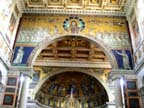 |
The 5th century saw the completion of the triumphal arch and the frescoes on the walls of the nave.
|
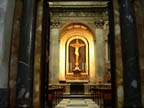 |
For the 1625 Jubilee, the Chapel of the Crucifix was built. According to legend, in 1370 the head of the wooden Crucifix above the alter moved miraculously and spoke to Saint Bridget.
|
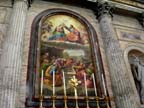 |
In the right wing there is the alter which depicts the Assumption of Our Lady, produced by G. Romano Panni based on the drawing by Rafael. This mosaic took 12 years to complete.
|
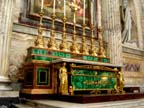 |
Below the mosaic is an alter table made of malachite and lapis lazuli trimmed with bronze. The table, and an identical one across the basilica, were donated by the Russian Czar Nicholas I in 1859.
|
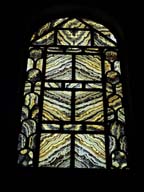 |
The panes in all 54 arched windows are made from fine sheets of alabaster donated by King Fuad I of Egypt in 1928 to replace windows which were destroyed by a powder magazine explosion n 1891.
|
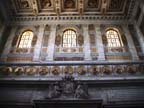 |
Surrounding the tops of the walls right below the windows, are portraits of all the popes. There are 17 blank spaces for future popes.
|
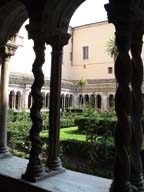 |
This tranquil garden was created in 13th century and has been cared for by the Cassinest Benedictine friars since 1429. |
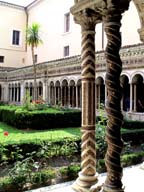 |
It has 192 columns, 34 of which are decorated by mosaics by Vassalletto, each one uniquely different.
|
|
|
|
|
|
|
|
|
|
|
|
|
|
|
|
|

